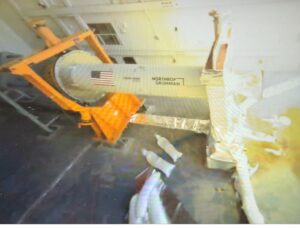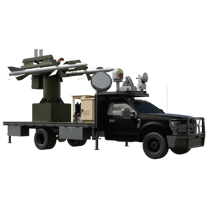
While the U.S. Space Force continues to back the tenets in a draft Alternative Acquisition System for the United States Space Force last May, the service is still working with the executive branch to gain its go ahead before submitting an acquisition plan to Congress to help speed the fielding of advanced space systems. “We’re still working with the executive branch to make sure that those things we officially submit have the approval of the Department of Defense, OMB [White…














